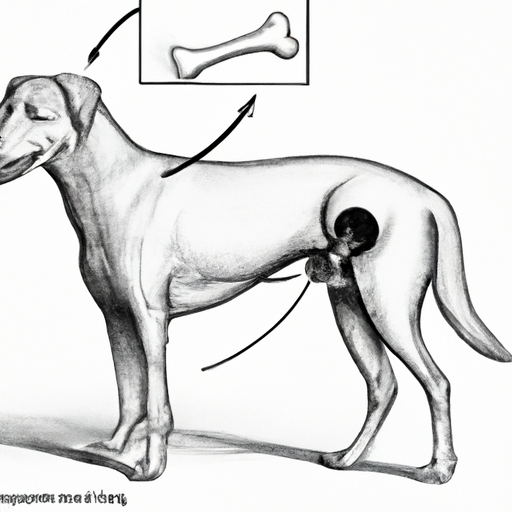Understanding Hip Dysplasia
As a caregiver, you’ll appreciate the importance of understanding the health issues that could potentially affect your furry friend. Hip dysplasia is a common skeletal condition, often associated with large or giant breed dogs, though it can occur in smaller breeds as well. It occurs when the ball and socket of the hip joint don’t fit together properly, causing pain, lameness, and potentially arthritis.
Here are some signs to watch out for:
- Decreased activity
- Difficulty or reluctance rising, jumping, running, or climbing stairs
- Intermittent or persistent lameness, often worse after exercise
- “Bunny hopping” or swaying gait
- Loss of thigh muscle mass
The Causes of Hip Dysplasia
Hip dysplasia is primarily a genetic condition, meaning it’s passed down from parents to their puppies. However, other factors can exacerbate the condition, including:
- Rapid weight gain and obesity
- Nutritional factors
- Certain types of exercise
Diagnosis and Treatment
If you suspect your dog has hip dysplasia, a vet can confirm this through physical exams and X-rays. Treatment options vary depending on the severity of the condition and the age of your dog.
| Treatment Type | Description |
|---|---|
| Non-surgical | Includes pain medication, weight management, and physical therapy |
| Surgical | Includes procedures like total hip replacement for severe cases |
Preventing Hip Dysplasia
While you can’t prevent hip dysplasia entirely due to its genetic nature, there are steps you can take to help reduce the chances or slow the progression:
- Keep your dog at a healthy weight
- Provide a balanced diet
- Avoid excessive or high-impact exercise, especially in puppies
- Regular vet check-ups
Living with a Dog with Hip Dysplasia
With the right care and management, dogs with hip dysplasia can lead happy, fulfilling lives. It’s essential to work closely with your vet and adapt your home and lifestyle to accommodate your dog’s needs. This might mean investing in dog-friendly ramps, orthopedic beds, or making adjustments to your exercise routines.
FAQ
Q: What breeds are prone to hip dysplasia?
A: Larger breeds like Labrador Retrievers, German Shepherds, and Great Danes are most prone. However, it can affect smaller breeds too.
Q: Can hip dysplasia be cured?
A: There is no cure for hip dysplasia, but there are ways to manage the condition and relieve symptoms.
Q: Does hip dysplasia affect a dog’s life span?
A: No, with proper management, a dog with hip dysplasia can live a normal lifespan.
Q: Can exercise help hip dysplasia?
A: Yes, but it should be low impact to avoid putting too much stress on the joints.
Q: Should I breed a dog with hip dysplasia?
A: No, hip dysplasia is genetic and can be passed on to puppies.



